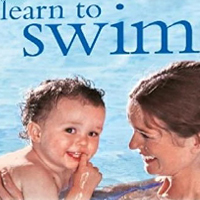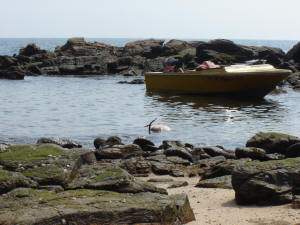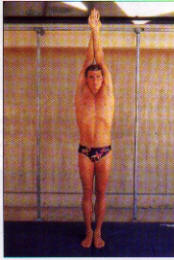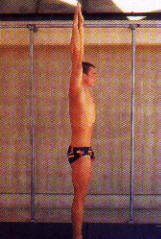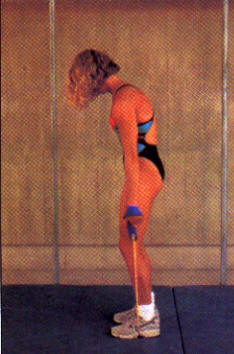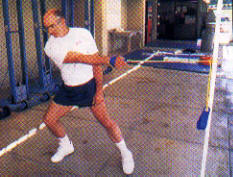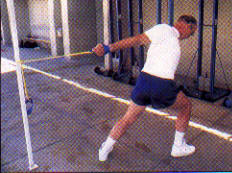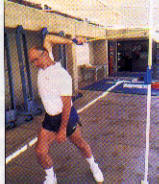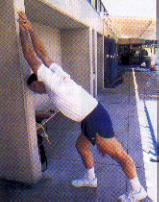
Our private pool is small and inviting and everyone that comes to us for residential swimming lessons tells us they wish they hadn’t wasted so much time, in some cases many years, trying to learn to swim the hard way!
Being residential means that once you have arrived, unpacked and settled in, you can concentrate totally on the task ahead, learning to swim, without worrying about travelling back and forth or forgetting what you learned last lesson because there has been a week or more in between.
When we say residential we mean just that. We don’t put you up in a local B&B as many do, expecting you to drive back and forth. Nor do we expect you to share with anyone unless you bring your partner. The residential accommodation is private, self contained and next to the private pool.
You can cook for yourself or just chill with a glass of wine and order a takeaway, maybe visit the local pub – whatever you style, you will never regret taking residential swimming lessons with us.
